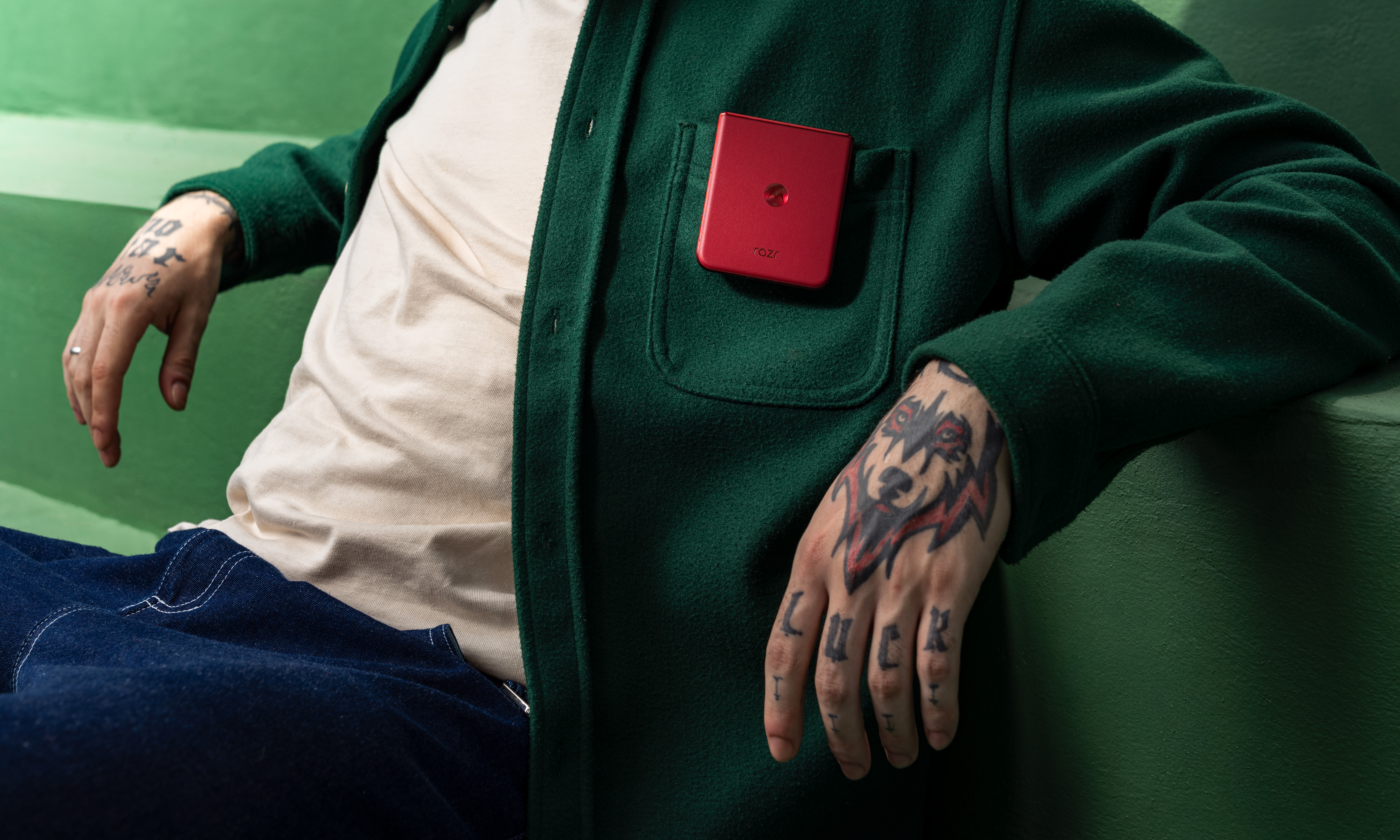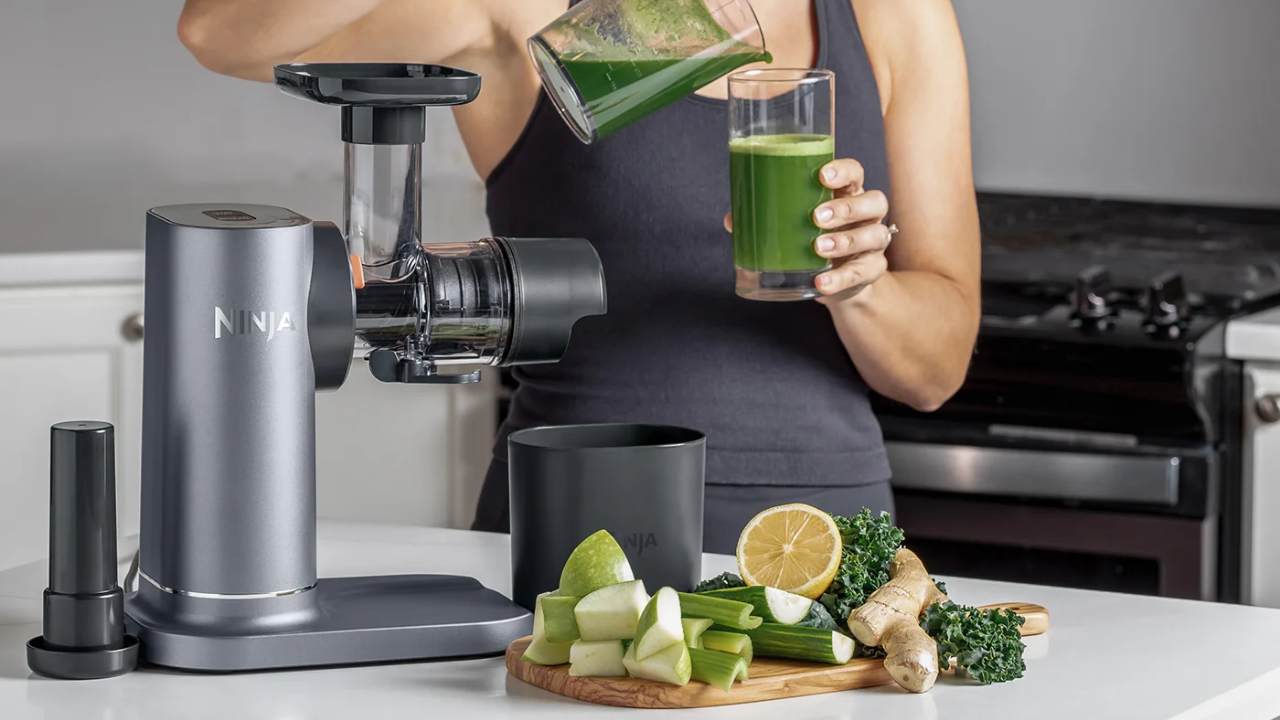iPhone 6 review: can this stylish handset stay ahead of the Android pack?
UPDATED: Stylish and slick, Apple's ageing flagship is still pretty good


-
+
Stylish design
-
+
Slick hardware
-
+
Excellent software
-
-
Screen not full HD
-
-
Expensive
Why you can trust T3
UPDATE 16/03/2016: The iPhone 6 is still a great phone. There are still a few in use around the office and in terms of performance they're still perfectly acceptable. But Apple aren't selling them anymore, so why not check out the iPhone 6S or Samsung Galaxy S7 Edge instead? They're the best smartphones currently on the market.
- These are the best smartphones in 2016
- Check out our iPhone 7 review
- And here's T3's iPhone 7 Plus review
- Check out our iPhone X review
Apple's long-anticipated new smartphone flagship may be followed by a souped-up phablet sidekick, but can iOS 8 and its tech tweaks make the main event worth attending?
No single piece of consumer tech generates as much chatter as Apple's iPhones and this year the Cupertino firm has again given us two different models to chew over. But whereas last year's aluminium iPhone 5S and plastic iPhone 5C double-header was seen as a divide between premium and budget, this time the duo are all about size: how large do you want to go, and is bigger really better?
While we take on the 5.5-inch, phablet-like iPhone 6 Plus elsewhere, here we're concentrating on Apple's bread and butter, the iPhone 6, the obvious upgrade for Apple fans and the competition for Samsung's new Galaxy S6 and S6 Edge and the HTC One M9. We've had our hands prodding its apps and updates for the last couple of days, so here's our early verdict.
iPhone 6: Size and build
While press shots of the iPhone 6 and iPhone 6 Plus side by side make the former look a little on the small side, on it's own terms the iPhone 6 more than holds its own. Like an oversized, single-piece iPhone 3GS, some 138.1mm high and 67mm wide, it's a sizeable upgrade on the last batch of iDevices. All curves and understated form, it manages to squeeze a 1.2-inch bigger screen into a body that's somehow thinner than its predecessor (there's 0.2mm in it).
The iPhone 6's refined structure has been thought through in much the same way as the Mac Pro reinvention, with design choices that are about both form and function, the edges tapering round its newfound curves to not just look slick but offer a reception boost, too.
I've long maintained that the iPhone 4 to 5S “Block” era felt like a regression from the pocket-pleasing original design, and for me at least order is restored. This aluminium execution is as elegant as an iPad Air but on a sleeker, smaller scale. No faux leather, no plastic parts – it's what a modern phone should look like. And despite all that metal, it weighs just 17g more than the last one. It's super-light.
Speaking of the iPhone 5S, those white/gold, white/silver and black/“space grey” colourways get another runout – hey, at least they didn't add a blue option – with the usual selection of proprietary protected cases bringing the colour if you so wish. For us, the silicon proved more popular than the leather in the phone's tight-fitting form, easily slipping on and adding traction on your pocket lining.
iPhone 6: Screen
At 4.7 inches, the iPhone 6's screen is nicely bumped up to a more common standard of display size, which while at odds with Apple's previous take on things, is far more manageable than the knowingly excessive iPhone 6 Plus. The Retina HD's LED-backlist IPS panel provides clear, sharp images with excellent contrast. Colours zing and a seemingly newly invented tech term called “dual-domain pixels” has been put to work on improving the wide-angle viewing. We don't know what they did, but it works, which is good times for sharing your media.
Alas, where the iPhone 6 wins in manageability and functionality, it loses out a tad in resolution, with the 1334x750 display not full-HD like its statement sibling, or many of its Android rivals. It's a shame, if only as it allows those focused on often-subjective specs rather than contextual functionality to single it out as if stick to whack it with; at 326 pixels per inch, it sounds on par with the iPhone 5S; in reality, it looks brighter and more vivid, although on close inspection is noticeably not as sharp to the 6 Plus.
Multi-touch interaction is as responsive as you'd wish, although the “oleophobic” coating is more of a sand bag rather than a wall against the inevitable flood of fingerprints.
iPhone 6: Camera
Aside from the optical/digital image stabilisation divide, the iPhone 6 Plus in possession of the former and more pro-grade option to reduce motion blur in low lights, the cameras on both the new iPhones is incredibley similar –and familiar.
The handset is so thin that the rear iSight camera now protrudes from the chassis (encased in sapphire glass to keep it unharmed), the eight-megapixel, f/2.2 aperture on paper the same as the iPhone 5S. Of course, as is typical of an Apple product, always more than the sum of its parts, there have been a host of internal tweaks to eek more out of it.
As HTC has re-enforced with its “ultrapixel” redefinition, megapixels only judge the size of images anyhow, and are not reflective of quality. Here the star is the refined autofocus, courtesy of a new “Focus Pixels” sensor, which helped produced some striking shots, while manual options are increased with the ridiculously easy to use expose controls.
The front-facing 1.2-megapixel camera handles FaceTime and Skype effectively, although we clearly don't have enough friends to palpably notice the “improved face detection”, but a burst mode's there for selfie nuts or 720p HD recording for the YouTube enthusiasts. It's all housed in a typically uncomplicated app of swipes and taps.
Of course, a camera upgrade wouldn't be the same without some new tricks to show off, and with the rear camera's 1080p HD video recording already bumped up to 60fps, it's left to the impressively professional 240fps slo-mo setting and time lapse, which sews pre-planned segregated shots into a compressed frenzy. We're using them a lot right now; we'll see in six months.
iPhone 6: Features
While those used to the iPhone 5's proportions will take a while to adjust to the upsizing, the iPhone 6 is comfortably manageable with one hand and so doesn't need the variety of workarounds employed by the iPhone 6 Plus. That said, it will also let you tap into “Reachability” with a double-thumb of the TouchID ring around the home button bringing down the top app line for ease of access. And while Apple hasn't chosen to create landscape versions of its own apps, the options is apparently there for other app developers; we urge them to.
Elsewhere, the iPhone 6 and iPhone 6 Plus share a lot of their core functionality, crafted as they were from the same vision. Importantly for phones to ring people on, the iPhone 6 purports to support more LTE bands than any other handset – 20, that is – and 4G on the EE network we tested on was certainly strong and consistent.
Wi-Fi, too, was without lapse, downloading games and movies quickly from iTunes, and AirPlay synced with Apple TV a charm. As ever, it helps to be “all in” with Apple products to really get the most out of them, so those with a wider arsenal of Apple gear and services will get more benefit, which is fast becoming the smartphone norm. Connectivity, not just content, is increasingly king, after all.
Siri, the ever-present voice assistant, is on hand again to everyone, though, recognising songs, finding contacts, making appointments and getting directions for you when you're too lazy too type, while TouchID, with the announcement of contactless payment service Apple Pay coming to iPhones and Apple Watch, is becoming a real talking point.
While we trialled Pay's fingerprint-reading iWallet-like function out at the Cupertino event – and it was as quick as you would hope, authorising wirelessly without the need to enter the app – it's unfortunately not live in the UK at time of writing, so we'll have to add that to the list to revisit after launch.
Similarly, the new M8 motion coprocessor adds a barometer to its combination of three-axis gyrometer, accelerometer and proximity sensor, to track elevation through air density (no, really). It's an addition that could be genuinely useful for fitness apps, we're sure, but with iOS 8 Health's many connected tentacles not yet active beyond the fairly limited pedometer – which seems to work a-OK – it's another “wait and see” on its effectiveness.
iPhone 6: iOS 8
What the iPhone 6 and its oversized friend do do right now is usher in the rest of iOS 8, not the most visually different overhaul of an operating system in the world, but one filled with fine-tuning and promise. Health as a hub for your fitness tracking, HomeKit for connecting up your domestic smart devices and CarPlay for ongoing automotive support are sure to command some of the most exciting developments in months to come, but right now we can only go on what you get full use of out of the box and while on beta.
Over iOS 7, which was already a very slick, intuitive OS, the most notable improvement is how iOS 8 tweaks everyday usage in almost all departments. Be it the walkie-talkie-style voice chats and predictive word help that iMessage now provides, the double-tap of the home button to bring recent contacts to the top of the screen, the multi-tasking email drafts that slide to the bottom without fuss, the instant suggestion of adding a contact's phone number atop their incoming email, the way you can now reply to messages from within the Notification Centre, or just how apps sync automatically to the new screen size. It's endlessly slick.
“Ours can do that!” scream the Android army, but as ever, it's refinement rather than revolution here; nothing is left to chance or out of place, consistency is all. Just like saying that NFC payments have been around for years, it's only useful once it's not only reliable but accepted at most places you shop. Apple, as ever, is interested in the end game, not in figuring things out on in public, which is why Apple Maps – increasingly improved on each iteration – stands out as such a misstep to this day.
iCloud Drive also slips in seamlessly to coordinate your online storage like some kind of silent, Dropbox-aping assassin. It's about time Apple sorted out iCloud, and it's done so well, with wide file support and the ability to view documents created in apps you don't own. With the full complement of Apple Work apps onboard for new users, Tim Cook and co may hope this sorts itself out naturally, but it's an inclusive touch.
Another addition to iOS 8's armoury is how well it syncs with the new Mac OS, Yosemite, on desktops and laptops, such as making calls from your Mac as long as your phone's in Bluetooth-like range, or accessing emails or documents across both screens for more efficient working. The functionality is impressively seamless, and shows devices on the same hardware and software network at their best.
After all, in a world where effective ecosystems and bloatware often define your phone experience more than the tech it's running on, it's easy to forget the sheer level of quality software that Apple chucks in without saying a word.
iPhone 6: Performance
The iPhone 6's 64-bit, 1.3GHz dual core A8 chip is the same innards as the larger iPhone 6 Plus and therefore findings are almost identical. Both are said to serve up a 25 per cent increase in processor speed and 50 per cent faster graphics with 50 per cent more power efficiency. If you want to Geekbench out on it, our sister site TechRadar found both phones hit a score of 2911 to the iPhone 5S's 2540, sitting them handsomely among the top tier of smartphones around. For the reviewer who goes on instinct, though, the iPhone 6 is just an all-round speedy spec bump, offering no real stutters and streamlining its powers.
While the 1GB of RAM inside doesn't sound a lot, it's been tooled up to manage the new multi-tasking features well and quite easily propped up simultaneous multi-account emailing, video watching and HD gaming. Internal tweaks such as the power-efficient Metal graphics upgrade have been shown to produce some real-time multiplayer showpiece moments like Vainglory, but we must wait to see the benefit in person.
For now, the new BioShock port is one of the most demanding games on iOS currently and it performed great (don't forget your Steel Series Stratus controller, though), as did The Wolf Among Us (check out that colour spectrum) and Asphalt 8 (speeeeeeed).
The storage options of 16GB, 64GB and 128GB seem aimed at getting you in at a 64GB level, as there's a gaping hole where the 32GB could be. It's a shame, as a 16GB capacity on a device that records 1080p HD footage at 60fps, runs multi-GB games and that's so clearly built for consuming media is not going to last long. For us, the 64GB is the bare minimum, but you may like to consult your bank manager.
iPhone 6: Battery
With a bigger frame to house it, a more energy-efficient processor and a lack of full-HD screen up front to power, the battery on the iPhone 6 is understandably and welcomely improved over its predecessor. Charging via Lightning connector as ever, Apple quotes 14 hours talk time, 10 hours internet and 10-11 hours of video or audio playback on a charge, and that's not far shy of our experience.
Right now with our iPhone 5S, we're scrabbling around for a charging lead in mid-afternoon, but the iPhone 6 lasted all day with a typically thorough use of email, video, internet browsing and a big heap of Spotify. It's a real noticeable boon to Apple users upgrading, although slightly confusing messaging in that the 6 Plus offers even more battery bang for your back.
Interestingly, the literature doesn't quote game usage in its battery stats, which is understandable, as performance there is not so good, with sharp battery losses when processing fast and graphically intensive games such as BioShock or Ashphalt 8. So keep a charger handy if you're wanting to get your game on.
iPhone 6: Verdict
The king is dead, long live the king: the new iPhone 6 is everything we've come to expect from the annual Apple smartphone upgrade – new look, retuned OS, refined camera. The difference is that this year, that new look is the most stylish in years and that OS's functionality has been buffed within an inch of its life. The genuinely longer battery life that comes as a bonus with the bigger chassis is nicely unexpected.
But while the boldness this year has definitely been used up on the phone's new silhouette and the handset tag team's sizes, it seems at first that Apple has played it relatively safe elsewhere, tinkering underneath instead of throwing the baby out with the bath water. Yet we'll do well to remember that so much of iOS 8 is still untapped at launch, with much potential to report back on when Apple Pay, Health, HomeKit and CarPlay are properly up and running. Even before all that, it's already looking to be the efficiency hub that iOS 7 promised.
Of course, there are always niggles. The sub-full-HD display will irk some, though on a 4.7-inch screen you've got to go out of your way to have an issue with it. But go out of your way you may well do when you've had a look at how much you'll be spending, as the Apple price premium shows no sign of slipping; we'd completely understand someone baulking at these prices.
Yet it's an undeniably desirable smartphone – I'd argue back on top of the design league after the HTC One M8 trumped the iPhone 5S last year – that produces the consistent and classy experience you expect from Apple, with increasingly powerful software packed on to a scaled-up modern mobile.
And still grumbling it's too small? Well, go for the iPhone 6 Plus, which has all of the pros here, with a few more chucked in for good measure, too, if your hands can handle it. Decisions, decisions…
Sign up to the T3 newsletter for smarter living straight to your inbox
Get all the latest news, reviews, deals and buying guides on gorgeous tech, home and active products from the T3 experts
-
 Motorola's surprise launch will make your ears very pretty
Motorola's surprise launch will make your ears very prettyAnd the company has made a return to smartwatches too
By Britta O'Boyle Published
-
 Motorola officially reveals Razr 60 Ultra, setting this year's standard for flip phones
Motorola officially reveals Razr 60 Ultra, setting this year's standard for flip phonesThere's a Razr 60, an Edge 60 and an Edge 60 Pro too
By Britta O'Boyle Published
-
 This Ninja juicer is the easiest way to make wellness shots – and it won’t break the bank either
This Ninja juicer is the easiest way to make wellness shots – and it won’t break the bank eitherI want Ninja’s new cold press juicer, but I hate the name
By Bethan Girdler-Maslen Published